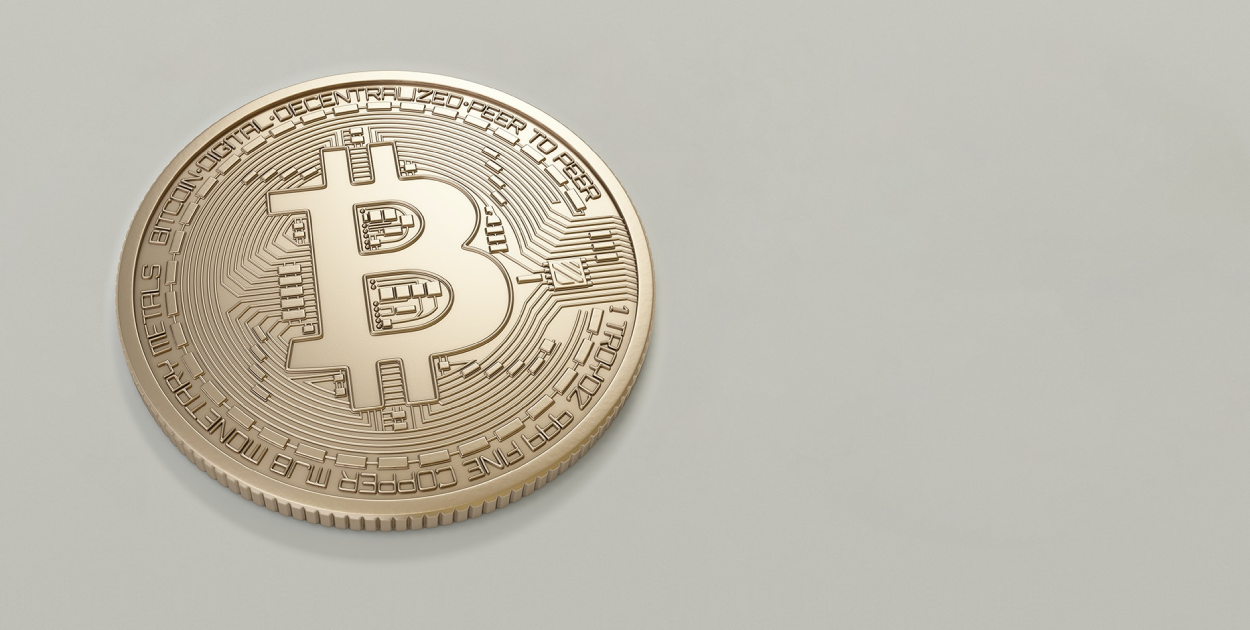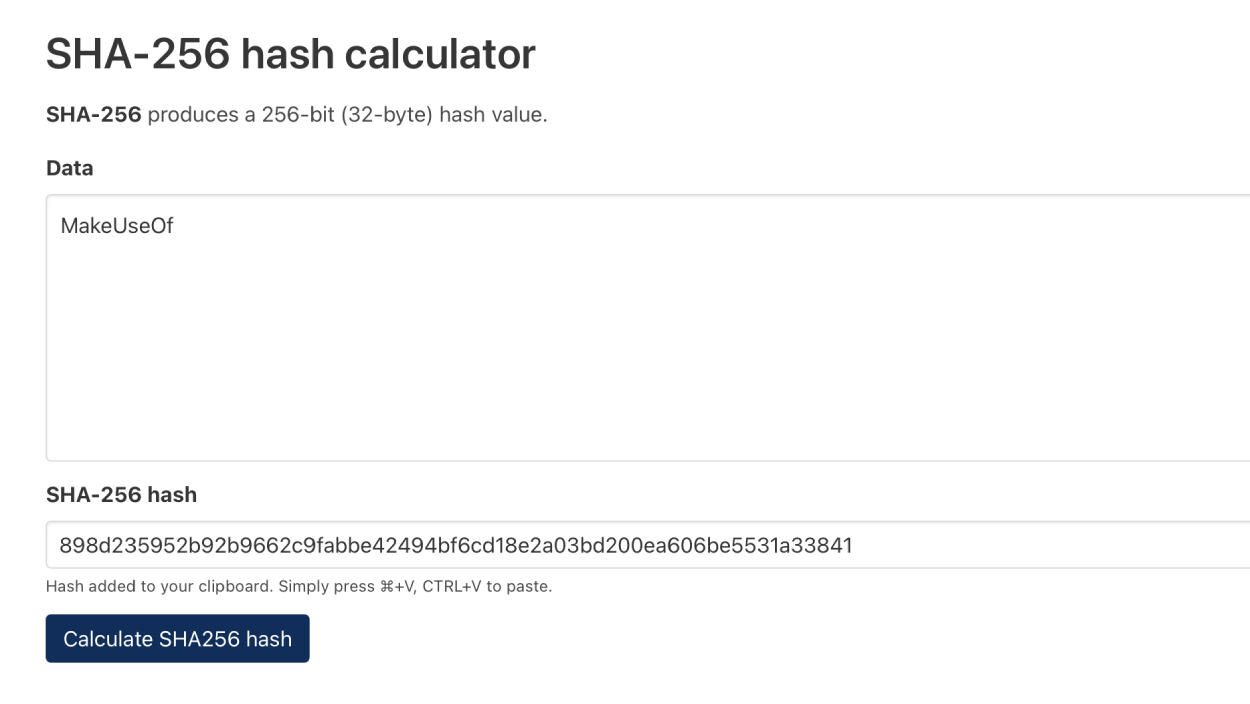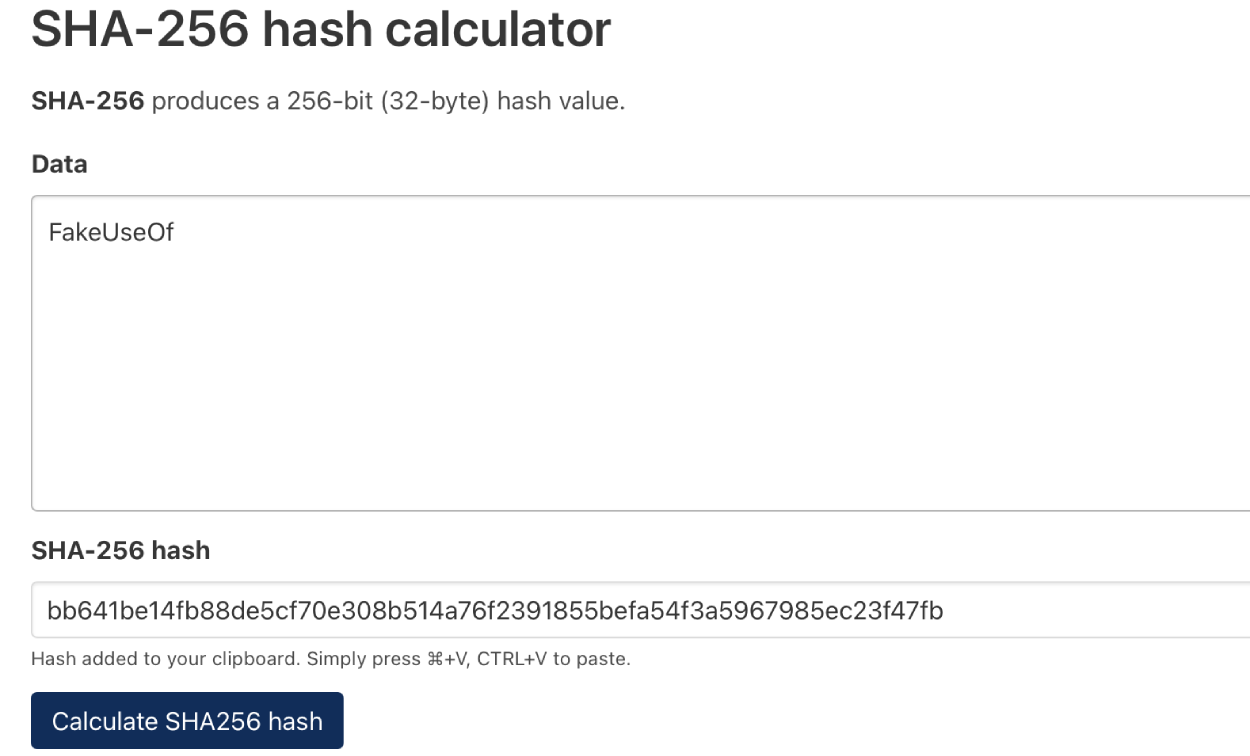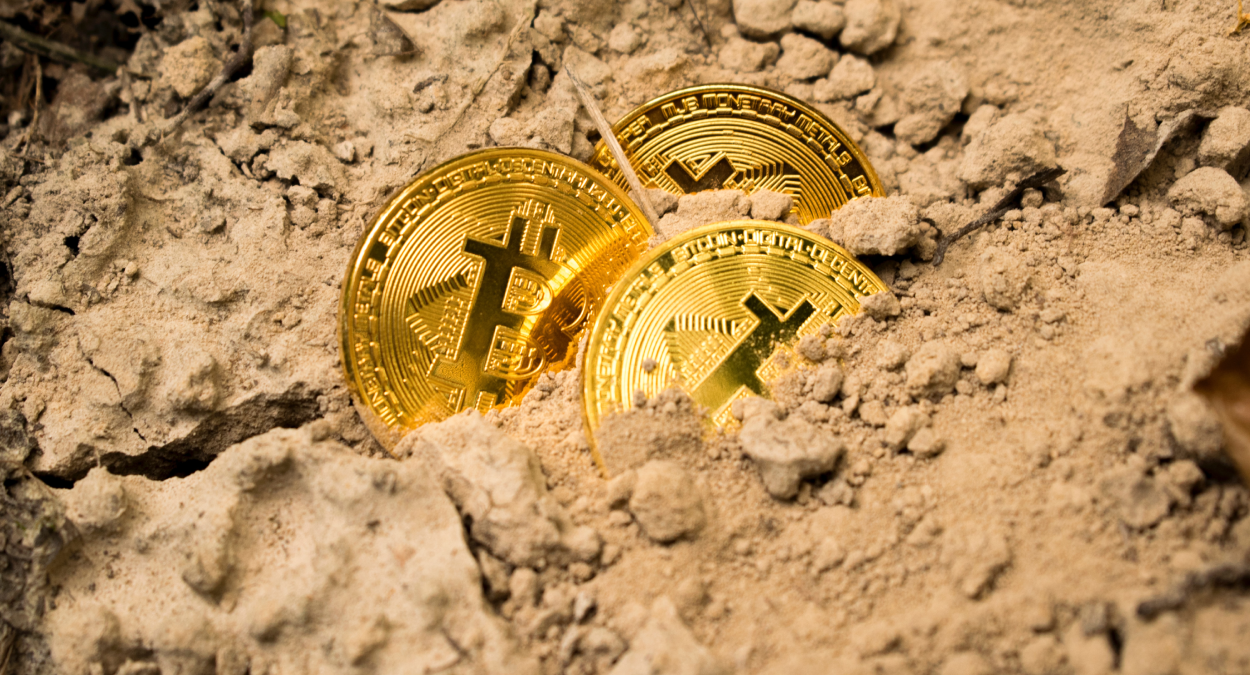Cryptocurrency is a potentially lucrative investment, and Bitcoin is no exception. You may have heard of Bitcoin mining before... but what is it? Is it hard? Can your computer even manage it?
Bitcoin mining is a complex subject, and it's easy to get lost in all of the information available to you on the web.
Worry not! We'll walk you through everything you need to know on how to start Bitcoin mining.
What Is "Mining" Bitcoin?

Bitcoin uses a public ledger, known as a blockchain, to track every Bitcoin transaction.
Bitcoin mining is the process of validating these transactions. Miners check transaction receipts to ensure that no user is attempting to use the same Bitcoin fraudulently, like to pay for multiple goods or services (double-spending).
How do you validate these transactions, and why would you want to?
Let's start with why you'd want to. For every successful block validated, the miner receives a portion of BTC for the work completed. Each block is around 1MB in size, and 1MB of blockchain data can equate to thousands of transactions, with the average block containing over 2,500 transactions.
Not to mention the amount of BTC miners receive per transaction is constantly shrinking, and the number of miners doing work is rising consistently.
This process is known as a Proof of Work algorithm. To receive the block rewards, you must be the first miner to produce this proof of work. If someone does so before you, you don't get any Bitcoin, regardless of the work you did.
Considering these points, it's unlikely that mining Bitcoin will be profitable for you. On top of it all, you'll still need to factor in overhead costs like expensive hardware, power usage, maintenance, labor hours, etc. (covered in-depth later in this article.)
How Does Bitcoin Mining Work: Down to Basics
"I want to have a go anyways. How do I validate BTC transactions?"
Your computer works to find a distinct 64-digit hash (a string of specific bits) that is less than or equal to a target hash set by each transaction in the ledger.
How is the target hash set? In other words, how do you know which hash to guess?
A cryptographic hash function—specifically SHA-256. A hash function takes in some data as an input (like a transaction history file) and provides a fixed-length string of bits or numerals (a hash).

There is exactly one output per input, meaning if you change even one character in the initial file, the resulting hash changes completely. There's no feasible way to reproduce the target hash aside from running every possible iteration until one fits. This is the computational work referred to as "Bitcoin mining."

Each hash holds the possibility for trillions of guesses, so a vast amount of computing power is a must for any chance of securing the block reward.
One or even a few computers on their own guessing trillions of hash combinations will take far too long for you to be the first miner who validates 1MB worth of transactions.
How to Mine Bitcoins

Unless you have a spare mining rig built around an ASIC (Application-Specific Integrated Circuit) chip lying around, you'll need to purchase one. ASIC chips are energy-effective and built for one specific function only. In this case, BTC mining is one such function.
Your typical desktop computer comprised of AMD or Intel CPU/GPUs is capable of mining, but they simply don't have the computing power required to mine with any sort of efficiency.
If you own an ASIC miner, mining is fairly easy from here:
- Download and install Bitcoin mining software like Easyminer or MultiMiner.
- Start the software. Usually, you'll need to enter some preliminary information like your selected coin, mining pool (if applicable), and preferred settings.
- Run your software and let your computer do the work. Bitcoins earned will be held in a wallet.
You may also opt to join a mining pool, a collection of miners who pool resources together to verify more transactions than individuals. The pool then divvies up the BTC earned, usually by individual contribution.
Bitcoin Mining: Bit by Bit
Let's break down the miner details.
Bitcoin Mining Hardware
You're looking at a $200-$20,000 investment for a mining rig. The price range varies greatly based on the rig's hash rate (which is the speed at which the rig can solve hash sequences), as well as energy efficiency.
The mining rig you purchase depends largely on your situation. You may opt to purchase one quality unit or several cost-effective units. Some companies fill entire warehouses with mining rigs that work around the clock.
Currently, one Antminer S19 Pro (capable of producing 110 TH/s, or trillion hashes per second) costs between $15,000 and $19,000, depending on the retailer you purchase from. On the other hand, Antminer T9+s (capable of producing 10.5TH/s) cost between $500 and $700 each.
You can purchase ASIC rigs from an assortment of accredited retailers such as Amazon, Newegg, and Walmart.
Energy Cost
Energy cost will vary by region, and energy consumption will vary by setup. First, figure out the cost of energy in your area. This is typically $0.08 to $0.30 per kilowatt-hour. Then determine the energy consumption of your mining rig(s). This can be anywhere from 900W to 4000W+.
Using these two data points, you can determine your monthly cost to operate and relative net profitability. Usually, you're looking at around $100 to $500 a month in electricity expenses to run an ASIC mining rig.
Time
It should come as no surprise that the time to mine BTC depends on your mining setup. Companies that dedicate their resources primarily to Bitcoin mining (or a Bitcoin farm), and have ideal setups, can expect to mine around 1 Bitcoin per 10 to 15 minutes.
This is not at all realistic for individuals or even most full-scale operations. You can expect to pull down a fraction of a BTC every month unless you invest some serious revenue upfront.
Is Bitcoin Mining Profitable Today?

With competition at an all-time high and a low amount of BTC to be created, the reality is that mining Bitcoin as an individual likely isn't profitable when factoring in overhead costs.
If you have a decent mining setup and live in a region with low energy costs, you may find luck contributing to a mining pool, however.
Keep Track of Bitcoins With a Wallet
Now you know how to mine Bitcoin, but what do you do with it once you've mined it? Does it just get deposited into your bank account for you to spend? Not quite.
You hold Bitcoin in a digital wallet associated with a public address and a private key. This public address allows others to send Bitcoin to your wallet, like when you're rewarded for mining. The private key is what you use to access your wallet's contents.
Without a wallet, you can't trade BTC.